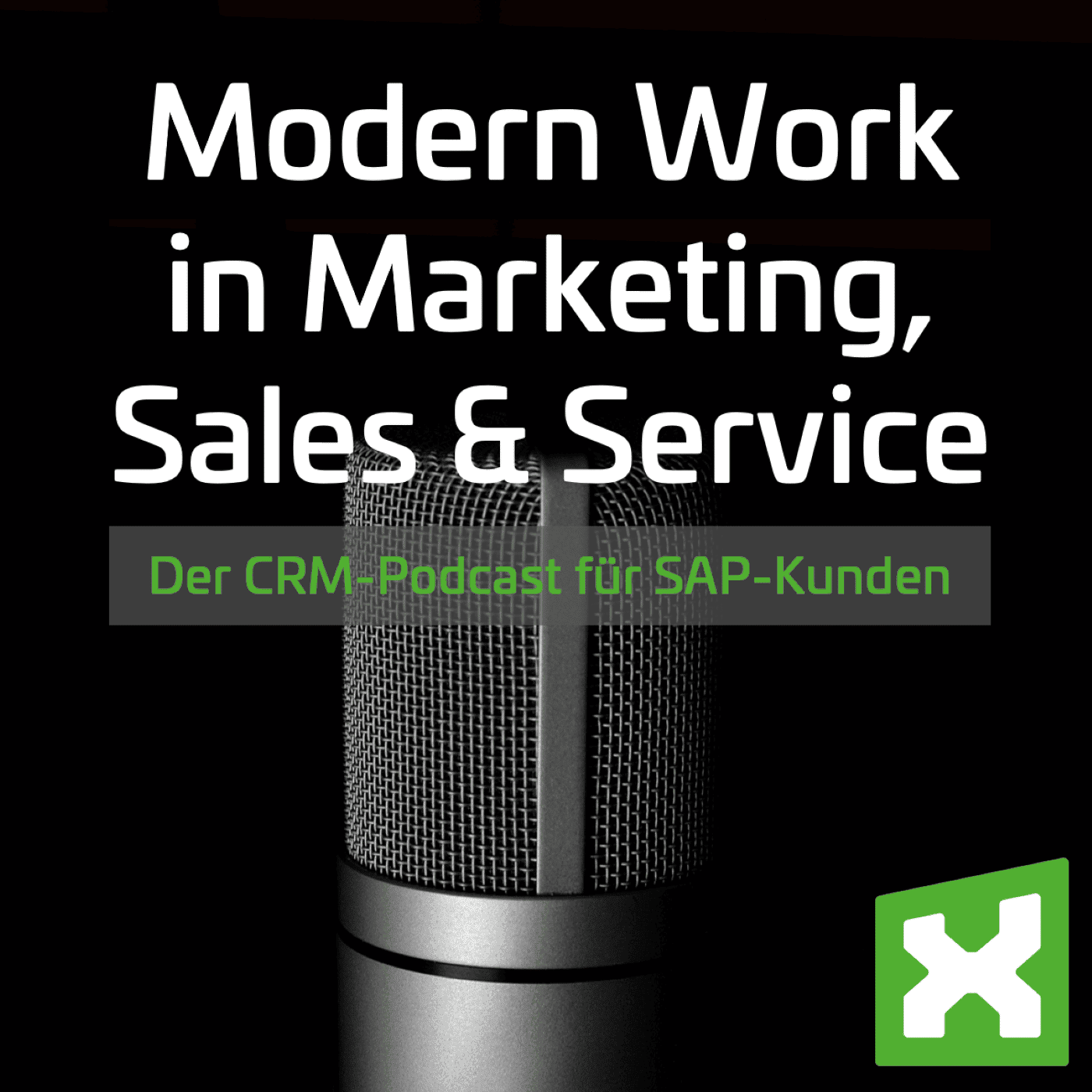5 mistakes in CRM projects
The successful introduction of a CRM system is of great importance for companies. It enables them to improve their customer relationships, sell more effectively and achieve competitive advantages in the long term. However, in practice we hear time and again that CRM implementations fail and the software is not used at all by the users at the end of a project. Therefore, we have compiled five common mistakes and would like to give you tips on how to avoid them to ensure the success of your CRM project.

Mistake number 1: There are too few specifications and rules
A CRM system is not an accounting software and therefore there are no legal regulations or requirements. Conversely, this means that a CRM needs its own rules. Rules HOW to maintain the CRM system and rules WHAT to maintain.
But what is even more important is to explain to the participants of a CRM project WHY a CRM solution is needed for the company and what every single employee can contribute to the success of the company by actively using the software.
Mistake number 2: Management doesn’t stand behind the projec
It is important that management is fully behind the project. Ideally, it should even be a direct part of the project team and at least have an active role in the selection of the vendor. Other measures such as a speech at the kick-off meeting, video messages before the go live or a congratulatory e-mail at the end of the project combined with a project celebration are further important measures that should be initiated by the management to show the rest of the colleagues what high value is placed on customer relationship management.
In addition to the management, however, the executives of the departments directly affected, e.g., the marketing, sales and service managers, should stand behind the CRM project and also be involved in the selection of the providers. They should form their own opinion of the software during the evaluation phase and also participate actively in the test phase.
Furthermore, it should be a matter of course that the management works with the CRM system even after the go-live and assesses at regular intervals, for example, how the data quality and the degree of use among the users is. Only in this way can measures be taken at an early stage if the software is not being used as intended.
Mistake number 3: Lack of goal definition
A common mistake is that companies do not set specific goals for their CRM project. Without goals, however, there is also no clear direction, which can lead to inefficient implementation. It is important that companies define their goals in advance and ensure that all stakeholders have a common understanding of them.
In order to make this internal company understanding transparent to the software houses offering the services, a specification with goals and KPIs should be drawn up, showing how the processes are to be implemented, measured and controlled. The provider(s) should then be able to show best practices from the defined goals, how the software can be used optimally to achieve the defined goals. Ideally, the vendor should be able to demonstrate the processes on a demo system to show the look and feel of the software.
Mistake number 4: No professional project management solution is used
CRM implementation is a complex project. In order to keep an overview and work efficiently, it is therefore important to work with a professional project management solution. Only in this way can schedule, budget, milestones, protocols and decisions be transparently recorded and tasks distributed.
We recommend the project management tool smenso cloud to our clients. A German solution based on the Azure platform. Alternative project management platforms are Asana, Wrike or monday. com
Mistake number 5: Users are not convinced of the solution
We have already mentioned this in the previous paragraphs. But since this determines the success or failure of the project, we would like to dedicate a separate paragraph to this aspect. It is important to actively involve the employees in the project. Those who have an active role within the project, but also those who only take care of marginal issues. CRM is not just software. Dealing with customers and prospective customers – Customer Relationship Management – is a strategy that must be lived by the entire company. If employees do not understand and internalize the meaning and purpose behind it, the software itself is often not used or not used as desired and thus does not bring added value to the company after its introduction.
Conclusion: The right integration is crucial
A CRM system offers companies a lot of potential in terms of their customer management. Successful implementation, however, does not only depend on technical aspects, but also requires organisational, communicative and strategic elements.
The mistakes include insufficient definition of rules and objectives, lack of management support, unclear definition of objectives, lack of professional project management solutions and, finally, lack of user confidence.
Another point that we would like to point out in this context, however, is the ability of the CRM system to integrate into the surrounding system landscape. Only when all IT systems “talk” to each other can they bring real added value and make the daily work easier for users. Especially the integration of CRM and ERP offers decisive advantages. It enables seamless data and information flows between sales, marketing and customer service as well as finance, manufacturing and supply chain. This optimizes processes, increases efficiency and creates a holistic picture of corporate activities. Close links can strengthen customer relationships, better meet customer needs and more informed business decisions.
About the author


